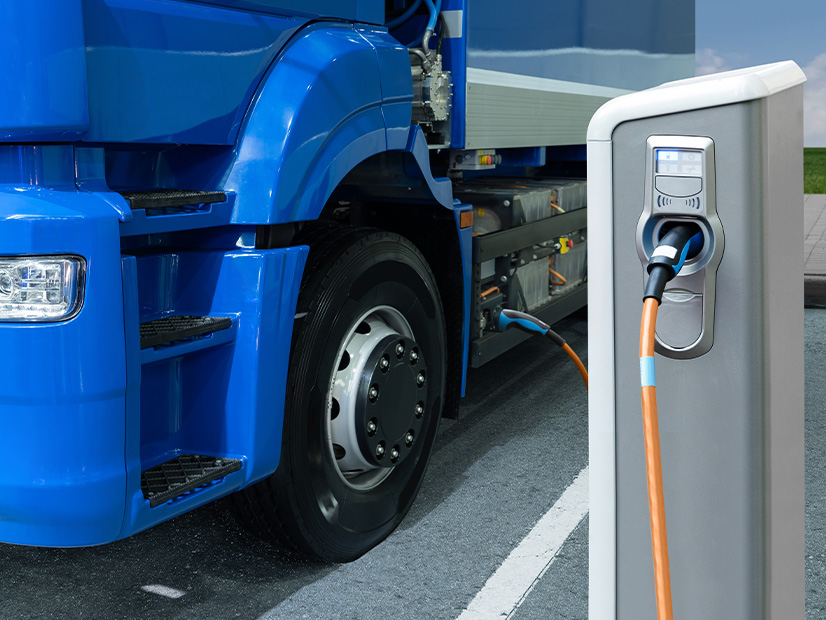Battery electric trucks, including over-the-road big rigs as well as smaller delivery van and box trucks, are expected to play a major role in decarbonizing the nation’s transportation sector, which accounts for 29% of all CO2 emissions.
The North American Council for Freight Efficiency (NACFE) has already demonstrated that even large Class 8 trucks traveling regular routes of up to 200 miles daily can replace diesel-powered big rigs. (See Report: Electric Heavy-duty Trucks Can Now Replace Some Diesels.)
That report, rich with details from onboard electronic monitors on 13 participating fleets in 2022, kept track of mileage driven, speed, the state of the battery charge, the amount of power provided by regenerative braking, the weather and the number of deliveries in real time. It concluded that electric fleets could deliver freight at lower costs based on the cost of diesel fuel and electricity during the testing.
And because electrics have fewer systems than modern diesels, and therefore lower maintenance costs, NACFE argued in 2022 that total cost of ownership of an electric would be lowered than that of a diesel vehicle.
This year NACFE is planning to look just as closely at eight charging depots used by trucking companies and freight divisions of some manufacturers that have switched from diesel to at least 15 electric trucks. Planning is already well underway. But the identities of the participating companies — and utilities — have not been released.
NACFE announced the project in a recent newsletter.
The in-depth look at the operation of charging depots of freight carriers and manufacturers with fleets that run 100 to 300 miles daily on prescribed routes, often called regional haulers, will run from mid-September to the end of the month.
“They are the ones that are making these decisions,” Mike Roeth, NACFE executive director, said of the switch that has begun in favor of electrics over diesels. “There is no typical depot, but it’s not uncommon for a site to have 40 or 50 trucks, maybe 100 trucks.”
And that means replacing diesel with electric take close cooperation with a company’s local utility. NACFE has been talking with some of these utilities as well, said Roeth.
“When you [are running] 75 or 100 [electrics], you are talking 4, 5 or 6 MW,” he said. “The utility needs to be heavily involved.”
He added that utilities appear to be more interested in a depot converting to a large number of electric trucks at once rather than adding a small number of electrics annually.
“There’s a lot of investment involved,” he said. “I think the utilities will actually like that because they will have more certainty that [the charging depots] are going to need the power.”
Roeth said NACFE, created initially to help trucking companies wring more efficiency out of existing diesel vehicles, has focused on battery electric systems rather than electric fuel cell trucks or high-tech diesel engines capable of burning hydrogen because battery electrics are simpler and available now.
Acknowledging that the U.S. Department of Energy has allocated more money for hydrogen in future trucking, Roeth argued that the budget does not mean the department favors hydrogen.
“The government is spending money on hydrogen because it’s a harder nut to crack. It’s a harder solution, and we’re not there yet,” he said.
“We are going to need [hydrogen fuel cell vehicles], but they are not the quick answer that people think. Our research and work shows that it is pretty clear and straightforward to electrify and go battery electric with whatever vehicle you can, and then use hydrogen where [electrification] just can’t be done. Hydrogen is going to follow electric trucks by eight or 10 years,” he said.



